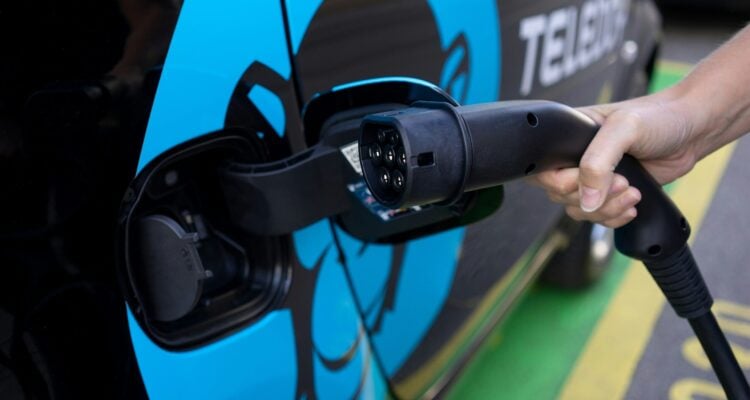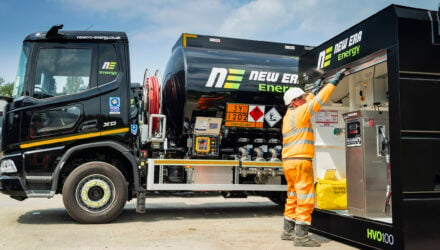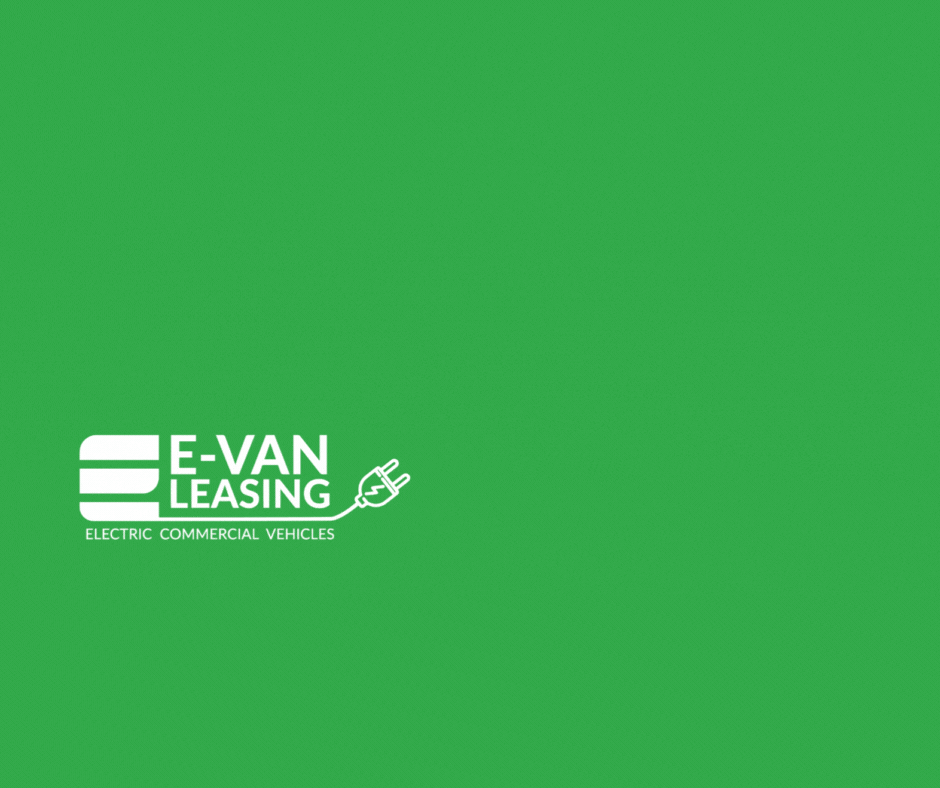Fleet electrification is no longer a future goal — it’s happening now. With pressure mounting to hit net-zero targets, switching to electric is good for the planet and smart for business. Thanks to major leaps in battery tech and vehicle software, EVs go farther and are more reliable and easier to manage than ever.
At the same time, U.K. policies like the Zero Emission Vehicle mandate raise the bar for what’s expected from fleets. The road ahead is electric. If you want to stay competitive and compliant, now’s the time to plug in.
1. Accelerated Adoption of Electric Vehicles in Commercial Fleets
In 2024, U.K. businesses registered about 64,000 more battery-electric vehicles than the year before. This surge is due to EVs being cheaper, easier to maintain and better for the planet.
You’ll save on fuel and servicing costs, slash your emissions and future-proof your organisation as clean transport becomes the norm. Plus, the shift is inevitable with government mandates pushing more electric models to market and incentives making them more affordable.
2. Developing Regulations and Compliance Requirements
The U.K.’s plan to end new petrol and diesel car sales by 2030 means big changes are coming fast, and you need to be ready. As demand for EVs and HEVs climbs, so does the need for smarter and lighter connector solutions that can handle higher voltages and tighter spaces without compromising performance.
To stay compliant, build a clear transition plan. Keep up with policy updates, work closely with your suppliers, and ensure your team knows how to manage and maintain electric vehicles. This approach makes your fleet more efficient, future-ready and competitive.
3. Expansion of Charging Infrastructure and Charging-as-a-Service Models
The U.K.’s EV charging network is expanding quickly, which is great news for your fleet. More public and private charge points are popping up across cities and motorways, allowing for better access and faster charging options. However, you don’t need to handle the setup yourself.
Charging-as-a-Service (CaaS) takes the pressure off by bundling installation, maintenance and energy management into one simple package. It’s low-risk and lets you focus on running your fleet while the experts handle the infrastructure. If you’re scaling up your EV adoption, CaaS makes the transition smooth and cost-effective.
4. Integration of Advanced Telematics and AI for Fleet Optimisation
AI and telematics transform how you run your fleet, making it safer and more efficient. With real-time GPS tracking, you can keep tabs on every vehicle. It helps you plan routes that cut delays, prevent theft and stay on top of project timelines.
AI-powered systems go further by monitoring performance data to spot issues before they become breakdowns. Tools like predictive maintenance alerts or real-time diagnostics let you fix problems early and reduce costly downtime. These technologies allow you to track vehicles and make every mile count.
Impact of New U.S. Tariffs on Fleet Electrification
In April 2025, the U.S. imposed a 25% tariff on imported cars and parts to bolster domestic manufacturing. This policy significantly impacts British car manufacturers — particularly luxury brands — for whom the U.S. is the second-largest export market. The tariffs can disrupt the global EV supply chain by increasing production costs and causing delays.
Moreover, manufacturers reliant on international components may face higher expenses, potentially increasing vehicle prices for consumers. This situation could slow the adoption of EVs and hinder progress toward sustainable goals. Keep an eye on sourcing, review your total cost of ownership and stay flexible with your procurement strategy. Staying informed and agile will help you protect your fleet from international curveballs.
Taking Charge of Change in Fleet Electrification
Stay ahead by exploring new technologies, diversifying vehicle options and building a clear electrification roadmap tailored to your fleet’s needs. By planning now, you’ll be ready to seize opportunities, cut costs and stay compliant — no matter how the market shifts.
Author: Evelyn Long, Editor-in-Chief of Renovated Magazine







